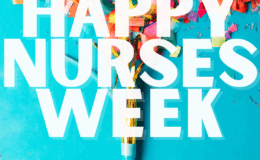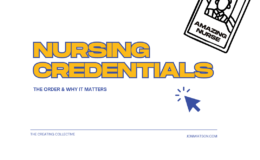Last week The Advisory Board Company shared a brief article* indicating physicians and nurses were among the world’s top serial killers. Upon reading the article title, I thought, Oh, they must be talking about medication errors, right? Meh. Great title. You got me. [Click.]
Apparently not. The news brief was referring to Jeremy Laurance’s article “The Dangerous Power of Healing Hands” published by The Independent indicating physicians and nurses are among the most sinister serial killers in history – at least in the UK. Is this true for healthcare professionals in other countries? I have no idea, but others have, indeed, studied killer healthcare professionals throughout the world. John Field wrote his entire nursing PhD dissertation on the subject of nurses who murder, and he also points out the lack of this discussion within the nursing literature. Amazing. Who knew?! Herbert Kinnell wrote in a 2000 BMJ article that he believed the medical profession “attracts some people with a pathological interest in the power of life and death.” That’s very likely so. As a labor & delivery nurse turned oncology nurse, I’ve witnessed many of the soul-stirring life and death moments, and I must admit the fragility of life intrigues me.
However, let me reassure you it’s far from a “pathological interest”; I entered into nursing to help, not harm. Is that true for all nurses and physicians? Obviously not. People who were suppose to care and do no harm became the most terrifying individuals on our planet. They abused the trust for which our professions are known. There’s no doubt the healthcare professions worldwide are sprinkled with mal-intentioned people. So is every other profession. It is unfortunate. Thankfully, the altruistic individuals outnumber the malevolent ones.
*I tried – unsuccessfully – to locate this great snippet. Apologies, Friends.







Rachel
August 4, 2011 4:55 pmThis sure paints a grizzly picture of some members of the medical community.
Luckily I have had the priviledge of working with great caring physicians,nurses and
other members of the healthcare community. I think the majority of people that go into the medical field are very caring,science-minded individuals. Although, this does sound like a good made for movie horror flick.
The Nerdy Nurse
August 7, 2011 4:19 pmThis is disturbing. To think that the trust we are given can be abused so despicably makes my stomach churn.
There are some really messed up people in this world. This is one of the reasons why I think that there needs to be a lie-detector test administered in addition to the NCLEX before you can practice as a nurse. Integrity is not optional in this field.